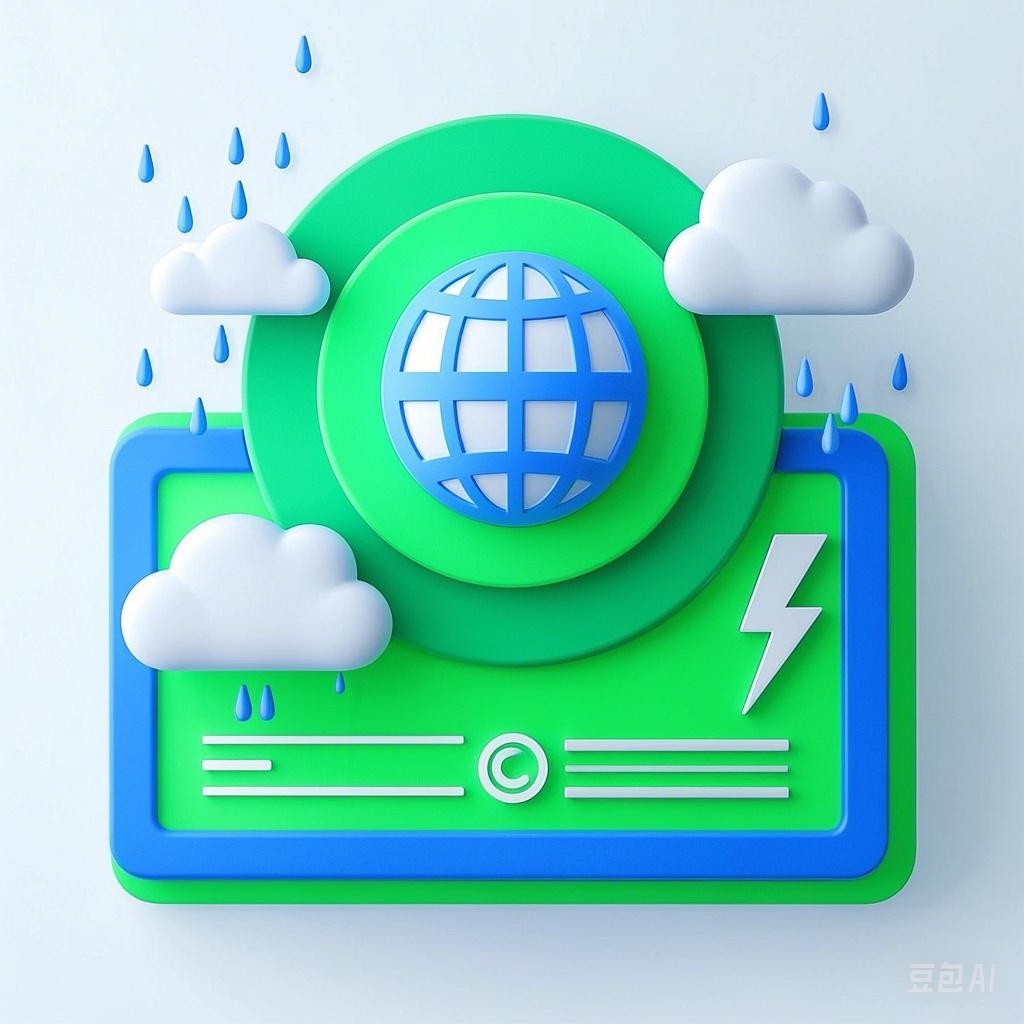Introduction
Earthquakes are one of the most destructive natural disasters, capable of causing widespread damage and loss of life. This article aims to unveil the complexities of earthquakes, their causes, effects, and how scientists study and predict them. By understanding the nature of earthquakes, we can better prepare for and mitigate their impacts.
What is an Earthquake?
An earthquake is a sudden shaking of the Earth’s surface caused by the release of energy stored in the Earth’s crust. This energy is typically released along fault lines, which are fractures in the Earth’s crust where tectonic plates meet.
Causes of Earthquakes
The primary cause of earthquakes is the movement of tectonic plates. The Earth’s outer shell, called the lithosphere, is divided into several large and small plates that float on the semi-fluid asthenosphere below. These plates move slowly over time due to the heat from the Earth’s interior.
When tectonic plates collide, pull apart, or slide past each other, stress builds up along the edges of the plates. This stress can accumulate over thousands of years, and when it exceeds the strength of the rocks, the rocks break and slip, releasing the stored energy as an earthquake.
Types of Earthquakes
Convergent Plate Boundaries: When two plates collide, one plate may be forced beneath the other in a process called subduction. This type of boundary is responsible for some of the most powerful earthquakes, such as the 2004 Indian Ocean earthquake.
Divergent Plate Boundaries: When two plates move apart, magma rises from the mantle to fill the gap, creating new crust. Earthquakes at these boundaries are usually less powerful than those at convergent boundaries.
Transform Plate Boundaries: When two plates slide past each other horizontally, the friction between them can cause earthquakes. The San Andreas Fault in California is a well-known example of a transform plate boundary.
Effects of Earthquakes
The effects of an earthquake can be devastating, including:
Landslides: The shaking of the ground can trigger landslides, especially in areas with steep slopes or loose soil.
Aftershocks: These are smaller earthquakes that occur in the same general area as the main shock. Aftershocks can continue for days, weeks, or even months after the main earthquake.
Structural Damage: Buildings, bridges, and other infrastructure can collapse or be seriously damaged during an earthquake.
Loss of Life and Property: Earthquakes can cause widespread loss of life and property, particularly in densely populated areas.
How Scientists Study Earthquakes
Scientists use a variety of methods to study earthquakes, including:
Seismology: The study of earthquakes and seismic waves. Seismologists use seismometers to detect and record seismic waves.
Fault Studies: By studying faults, scientists can learn about the stresses that cause earthquakes and the potential for future earthquakes.
Geological Mapping: Mapping the geology of an area can help scientists identify regions prone to earthquakes.
Remote Sensing: Satellites and other remote sensing technologies can detect ground deformation and changes in the Earth’s surface caused by earthquakes.
Predicting Earthquakes
Predicting earthquakes is challenging, but scientists use several methods to forecast potential earthquake events:
Seismicity Analysis: By analyzing the frequency and size of earthquakes in a particular area, scientists can identify regions at increased risk.
Fault Monitoring: Monitoring the movement of faults can provide early warning of impending earthquakes.
Geodetic Techniques: Techniques such as GPS and interferometric synthetic aperture radar (InSAR) can measure ground deformation and strain, which can indicate the potential for an earthquake.
Conclusion
Earthquakes are a natural and unpredictable part of the Earth’s geology. While we cannot prevent earthquakes, understanding their causes, effects, and how to study them can help us prepare for and mitigate their impacts. By continuing to study earthquakes, scientists hope to improve our ability to predict and respond to these powerful natural disasters.
